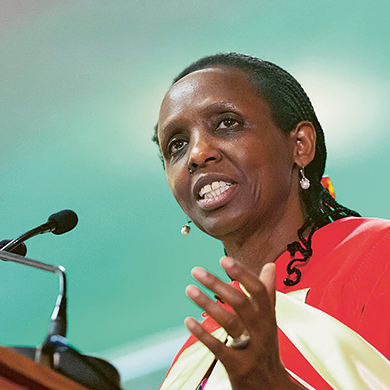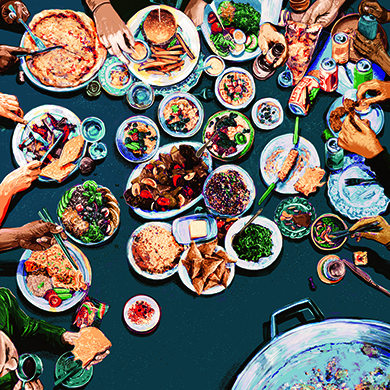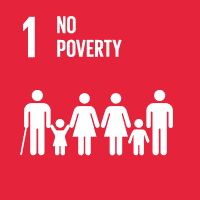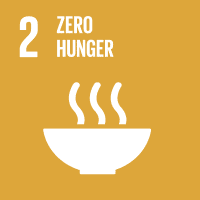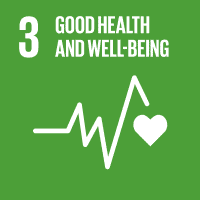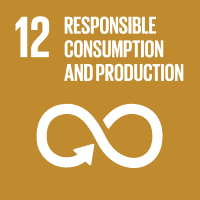How has GIZ responded to this crisis?
Renger: We responded by launching an emergency programme on behalf of the German Government to mitigate the worst impacts in the short term. This has included providing school meals in Yemen, organising hygiene measures, and supplying seed and advisory services for producers through digital channels. These activities were important and they have helped relieve the strain, but our work is designed to achieve long-term impacts; we aim to change structures to address problems at the root cause.
What are the main reasons – apart from COVID-19 – that people are still suffering from hunger in the 21st century? Some people say it is due to war and conflict – is that true?
Weller-Molongua: Fragility is certainly one of the main drivers. We are seeing that in countries like Yemen, more recently in Ethiopia again, and now in Afghanistan too. There are no two ways about it: if farmers can’t cultivate their fields and harvest their crops in peace and if distribution channels are disrupted, hunger soon becomes widespread.
Are there any other relevant causes?
Weller-Molongua: Climate change is becoming an increasingly significant factor. We have been seeing heavier rainfall and droughts for several years, for example in Mozambique and the Horn of Africa. But climate change will become even more pronounced in future, and will keep restricting or disrupting food production. This is closely linked to the loss of biodiversity. The recent severe flooding in Germany demonstrated the possible dimensions. No one needs to go hungry here, because there is a guaranteed food supply from external sources. That is not the case in the Global South; there, we will see extreme impacts on the availability of food and on people’s diets.
What is having a greater impact: conflicts or climate change?
Renger: Both are major influences, and they cannot be weighed up against one another. I completely agree with my colleague that climate change will massively exacerbate the problem of hunger. In its most recent report, the Intergovernmental Panel on Climate Change described five scenarios, even the best of which is disastrous – with all the adverse impacts, including hunger. In this context, we should not ignore the topic of poverty and structural inequality, which have been on the rise for some time now and which exacerbate the problem of hunger.
Weller-Molongua: There are other factors too, such as food losses. Almost 40 per cent of the food produced is thrown away – for a very wide variety of reasons. That is a serious problem – and it has become even worse during the coronavirus pandemic, because transport channels were or still are disrupted.


